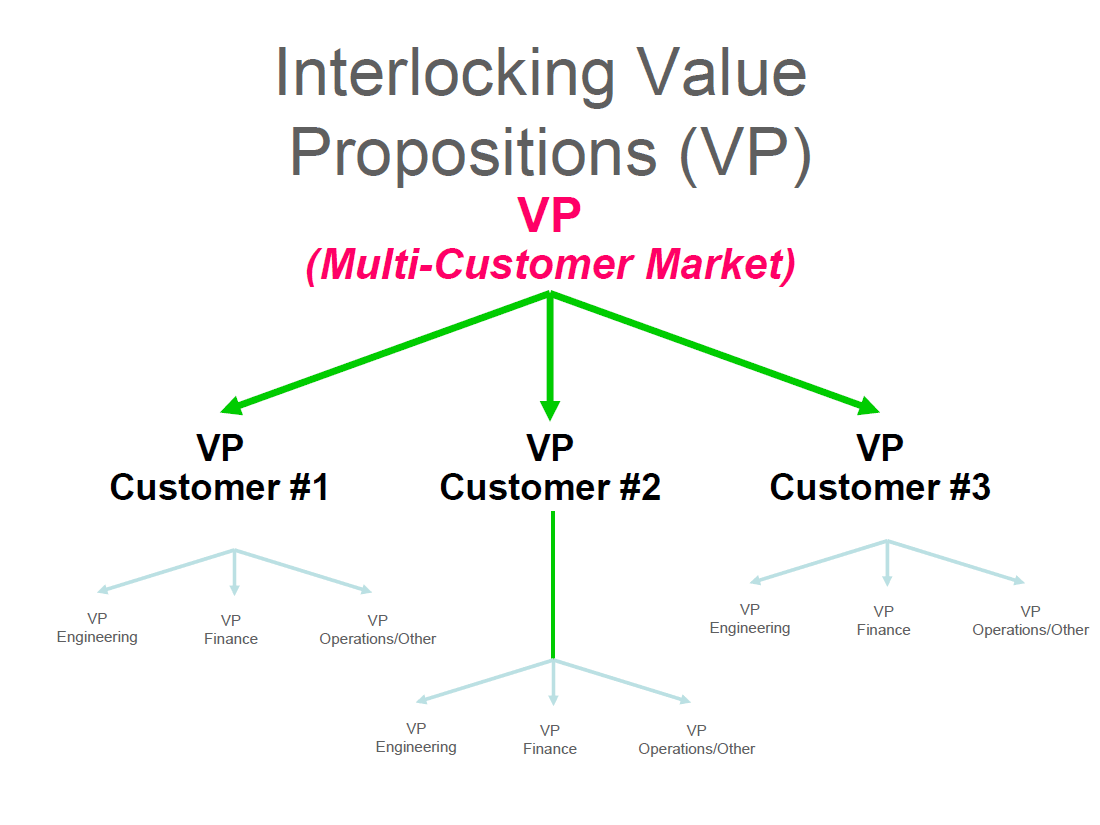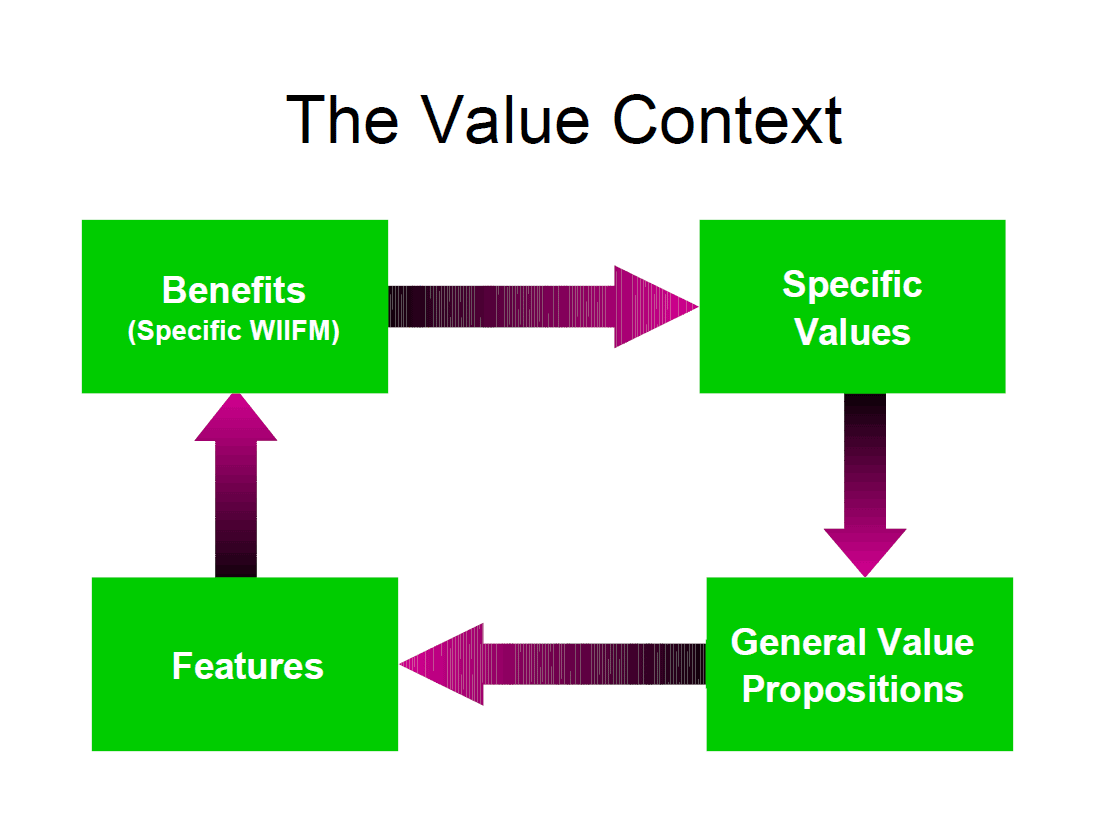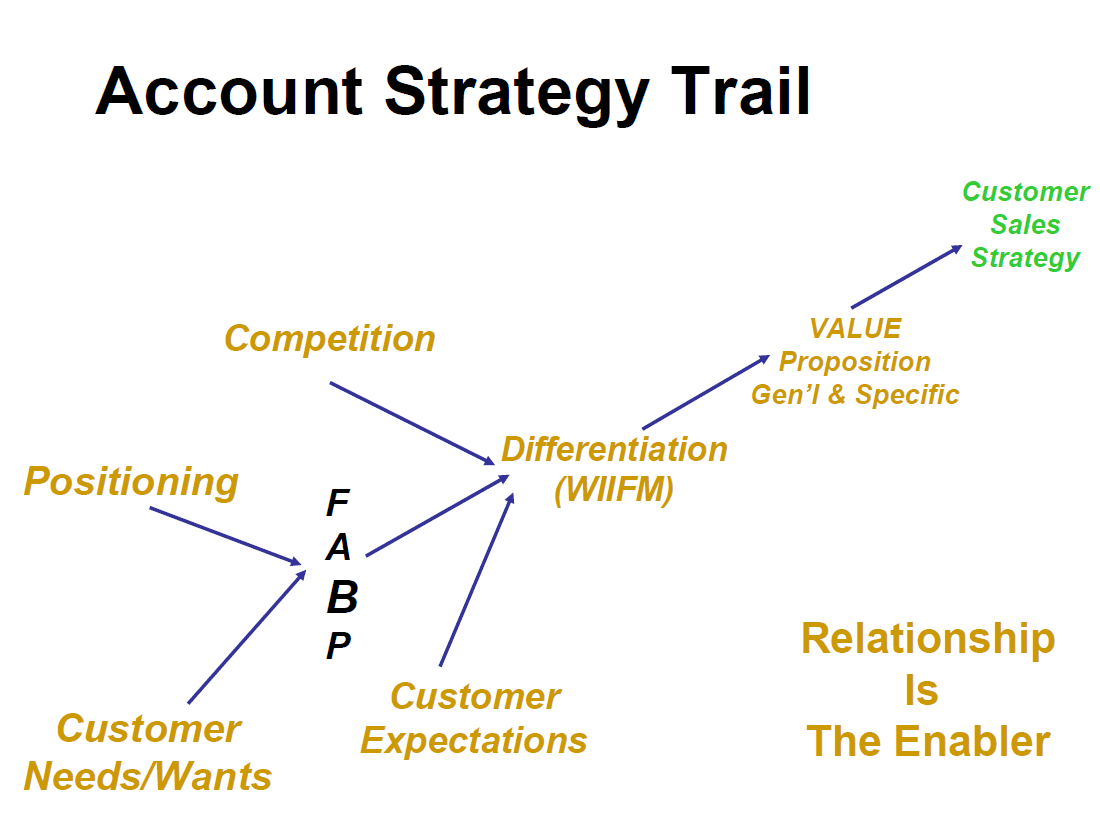-

- Solutions
- Corporate Services
- The Quest Team provides a broad base of proven products and services to organizations which require highly effective marketing, results-achieving sales organizations, and productive customer teams.
- In-House Training
- Quest Team in-house training programs are designed to make sure that your marketing, sales and customer support teams have that special edge of differentiation.
- Strategic/Key Account Management
- Our signature in-house training program is designed to make the most of your competitive advantage.
- Corporate Accounts
- Enroll multiple registrants from your company and keep track of each team member's course history.
- Classroom Courses
- On-demand
- Business Modeling
- Financial modeling as a basis for management decision and action
- Whether you are an entrepreneur or an "intra-preneur", if your role involves strategic planning, you will profit from being able to see the financial implications of your ideas.
- How to Read and Understand Financial Statements
- Understanding the concepts and language of financial reporting
- Whether you are an executive, manager or professional, you may need to evaluate a customer, plan new projects or policies, or simply deal with the financial aspects of your role. To be effective you'll want to be able to use the language of accounting.
- Pricing and Costing
- The art and science of pricing and costing
- To successfully manage a business, you must understand where your product costs actually come from. This course is designed to help you think about the alternatives you have in setting prices.
- Making the Microchip
- Making the Microchip - At the Limits III is an overview of the semiconductor processing industry. This video course provides a comprehensive view of the complex manufacturing steps using non-technical terminology and analogies.
- Knowledge
- Quest Team Articles
- Dozens of in-depth articles covering essential topics, all available here free of charge.
- The Expert's Panel
- Gain a deep understanding of important aspects of corporate-level complex sales, product marketing, and other information about technology industries from our panel of seasoned experts.
- Q and A Archive
- An archive of challenging questions and their answers
- Company
- Sign in
The Value Proposition: Basis for Value Selling
by Charles Smith
Selling to value is the rule rather than the exception in the high-tech world of big-ticket, long-sales-cycle products, many of which have life-cycle issues and require significant and continuous support. The growing demand for value selling in the semiconductor equipment and materials (SEM) industry is the direct result of the rapid advance of our technologies along with the consolidation of both our customer and major supplier bases. These trends result in increasingly fierce high-level competition among strong and capable players. The margin of win or lose is generally small in this sales arena.
In order to sell to value a great deal of preparation is required. As a prelude to success, a sales team must not only develop a crisp understanding and versatile articulation of what is being offered to markets and customers (THE VALUE PROPOSITION), but also why and how it is most effectively used.
A Very General Definition
A Value Proposition (VP) is a statement of differentiated and timely value of a product which meets a need or solves a problem for an individual customer or group of customers. It consists of a package of benefits from which a customer is persuaded that he/she derives greater value than from a competitor's offering.
The VP has several major purposes:
- to provide focus on customer needs and competitive differentiation
- to provide concise understanding and verbalization for customers and for sales team members
- to assure consistency of sales approach at all customer levels and throughout a market segment
- to establish basis and context for development of sales strategies and tactics for specific markets and specific customers
Other than the above, why should a sales person or team member be concerned with VPs? Because the customer is concerned with VPs! Price is supported by the customer's educated perception of value; a fully understood and articulated VP keeps the focus on value, not price. And properly directed at the weakness of a fully researched and understood competitor, the VP can help verify or substantiate a supplier's positive differentiation from that competitor.
Successfully selling to value (value selling) in the SEM industry requires a certain amount of strategic thinking on the part of the sales persons (or sales teams, the approach most frequently used in key account selling these days). All the basic selling skills — FABPs*, overcoming objections, persuasion/negotiating, probing, listening — must be second nature, and cost/benefit understanding is integral to the value sell. So too is the understanding by the account sales team members of the importance of building value "bridges" between fully understood customer needs and proposed supplier solutions. Such bridges are more easily built and sustained in the context of a solid inter-corporate business relationship than on a transaction-by-transaction basis.
* FABP: Features-Advantages-Benefits-Proofs.

Internalized, comfortable and accurate "value scripts" for use with a variety of product situations, and developed with experience, are fundamental to keeping a sales process moving. Prudently using factory support assets, and continually building and/or sustaining the customer relationship are vital elements. It is assumed that the sales professional engaged in high-tech value selling possesses all the presentation skills, along with the ability to "read" or analyze customer situations and rapidly adapt to them. The value-selling arena in the SEM industry is not for beginners.
A Value Proposition, as defined above, is a matrixed, multi-dimensional concept. It must range from the market (niche or segment) level for multiple customers having a more or less common need, through the individual business unit and department to the individuals who will influence or decide the sale. It is then combined with the, adaptable analytical and persuasion skills of the sales professional.
The VP must be as dynamic as it is versatile in order to be relevant in this industry. Value consists of a basket of benefits which address specific customer needs at the sales interaction level. The specific benefits will vary depending on the specific customer sought and the specific competitors fought. When presented to the customer, regardless of level (corporate, division, department), the benefits will start at the customer need level, be focused and consistent (including performance and other CoO elements as well as intangibles) and combine to BECOME the Value Proposition. Over time, customer needs change, and the values proposed may necessarily require modification of some product features. New features likely produce enhanced benefits which can be packaged into different VPs. And the cycle iterates.

Value — As In Dollars
Somewhere in the sales process the discussion and/or negotiation gets down to dollars, often euphemistically begun in the CoO(Cost of Ownership) context. The "biggies" of CoO (thru-put, quality, support, applications, consumables, etc.) can reasonably easily be assigned acceptable monetary values. The VP combines these "hard" values with other more intangible values: extended warranty, on-site parts inventory, favorable terms, roadmaps, etc. Such parameters can be "modeled"; that is, educated assumptions can be made into a "formula" and presented to the customer who in many cases will correct the assumptions and point the team (and his own thought process) in the direction of an "acceptable" dollar value.
And then there are the personal needs of the individuals at all levels of the sales process. Career or other personal risk is almost always a factor. Since sales "wins" are almost always by slim margins over other capable suppliers, a well-developed VP will set the stage. Then, combining the VP with versatility in its use AND a solid knowledge of the competition, along with the individual and collective needs of the customer, will improve odds of success. The VP, assuring consistent performance inside a well-established and continually nurtured business relationship, can be thought of as "risk insurance" for the customer.

Using the VP
The ultimate purpose of the VP is to establish the platform for executing a coherent key account strategy. Getting to the point at which an effective account strategy can be developed is a multistep process. Everything comes together in the Value proposition, the step BEFORE the account strategy is undertaken. Inputs are required not only from the sales team members involved on the account, but there are needs for information from tactical marketing, technology and others that may not already be part of the sales team. A variety of thought processes are also represented in the VP: full understanding of the customer's needs and expectations (in the context of the FABPs of the product offering), and the corporate positioning strategy. Also, the relevant competitors along with the points of positive and negative differentiation with each. It is the knowledge of COMPETITORS – or lack thereof -- in which the most seeds of failure reside. Without real and detailed knowledge of relevant competitors, effective use of a VP is unlikely – simply because it cannot be "aimed".
Attitude Adjustment
Once a VP is evolved (based on a full, dynamic understanding of need), AND once a thorough and dynamic understanding of relevant competitors is achieved (two very large tasks!), a strategy for a market and/or an account can be effectively developed. Such a strategy will allow a sales team to capitalize on the supplier company's strengths and take advantage of the weaknesses of the relevant competitors while minimizing its own.
The VP will serve as a guide/matrix for the sales team in preparing and executing its account strategies. It will reinforce their belief and confidence during inevitable times of competitive and economic stress inherent in the sales process. Further, the VP will focus the team not only on giving value to their customers, but in reminding them that part of their responsibility is to insure that they obtain for their employers the deserved value that is the return for creating and providing good products to customers.
Getting It Done
Building VPs is a team effort requiring multiple inputs, significant time, extensive dialog, and broad understanding. The process is dynamic and continual, and it includes the goals of the company and the product group, the potential of multilevel adaptability, the professional sales skills to effectuate it, the buy-in by affected groups, and the understanding of competition – all in a realistic arena. The sales team should drive Creation of the VP.
Remember
Winning margins are small. And the winners are always those who are perceived by their customers to be delivering the best sustained value. The well-developed VP is the cornerstone of the sales team's preparation for success.
 www.questteam.com copyright © 1999 – 2025 all rights reserved (c)
www.questteam.com copyright © 1999 – 2025 all rights reserved (c)